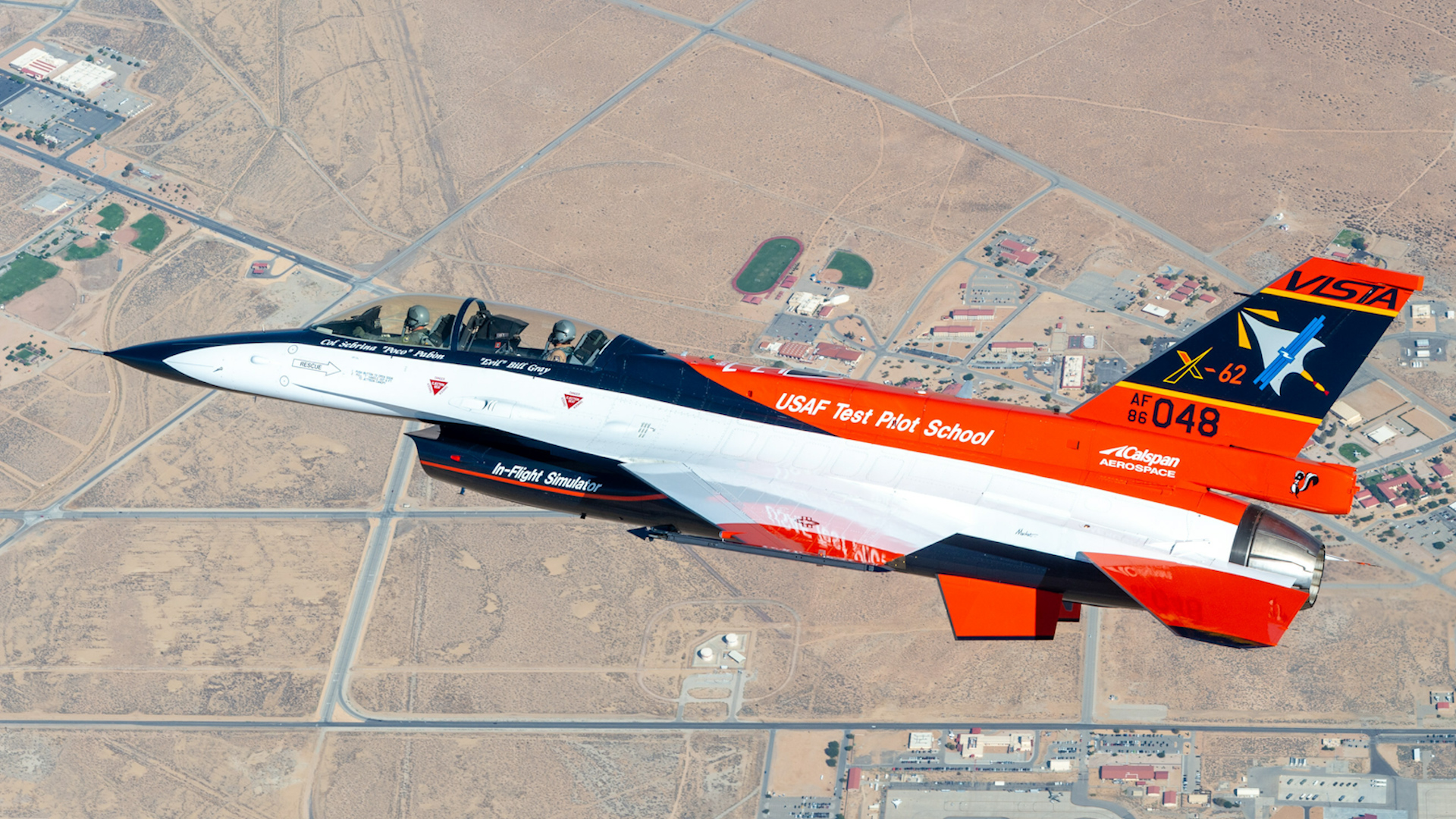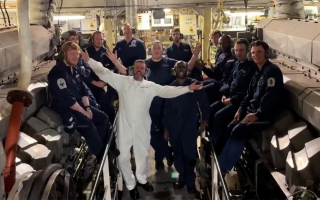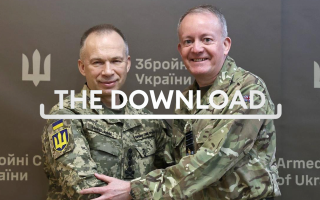
Project Venom: The future of autonomous flight in the US Air Force

The US Air Force is ramping up its plans to bring artificial intelligence (AI) to the skies, with autonomous combat the next front in modern warfare.
Project Venom aims to develop one AI software engine that could be used in a variety of current and future aircraft, instead of investing in multiple individual programmes for pilotless flight on specific aircraft.
As part of developing "one core autonomy engine", the US Air Force is rigging six F-16s to fly autonomously, to develop the concepts and algorithms needed for operations.
According to The Miltary Times, Project Venom is expected to cost about $120m over the next five years.
The F-16s will be fitted with an autonomous safety box, where autonomy code will be dropped in and a human pilot will be in the aircraft to check it is working correctly.
In a January interview with the service's in-house Airman Magazine, Air Force Chief Scientist Victoria Coleman called Project Venom, "human-machine teaming", adding, it was "a bridge between a fully autonomous set of capabilities and a fully manned set of capabilities, which is where we are today".
Dr Coleman said that the programme would allow for testing to be done quickly as, traditionally it is a long process to certify software for planes, if you wait for one drop a year but "Venom enables us to do tens of thousands of cold drops per week".
The US Air Force has already developed the X-62 Vista, which is basically a modified F-16, to test AI software.
Vista, short for Variable In-flight Simulation Test Aircraft, can fly autonomously and has completed several test flights at the US Air Force Test Pilot School.
However, Major General Evan C Dertien, the Commander of Air Force Research Laboratory, explained that although the aircraft is great for use as a control, it lacks a lot of sensors and technology needed for developing AI.
Speaking at a panel discussion presented by the Mitchell Institute for Aerospace Studies, Maj Gen Dertien said the new Venon aircraft will "now have radar, you have electronic warning, you have all those things where now you can expand your autonomy algorithm to react to the inputs".
"It's getting to make decisions for himself. It's kind of the next evolution into scaling up what autonomy can do."
Brigadier General Dale R White, Air Force Program Executive Officer for Fighters and Advanced Aircraft, also told the panel that "the enabling technology is there we just have to reach out and grab it".
Project Venom is part of the US Air Force's big push for Collaborative Combat Aircraft (CCA), which will use autonomous capabilities to fly alongside the service's future Next-Generation Air Dominance family of fighter systems and F-35A fighters.
The autonomous CCAs could carry missiles or other weapons, perform electronic warfare operations, or fly ahead of other aircraft with their sensors providing intelligence, surveillance and reconnaissance.









